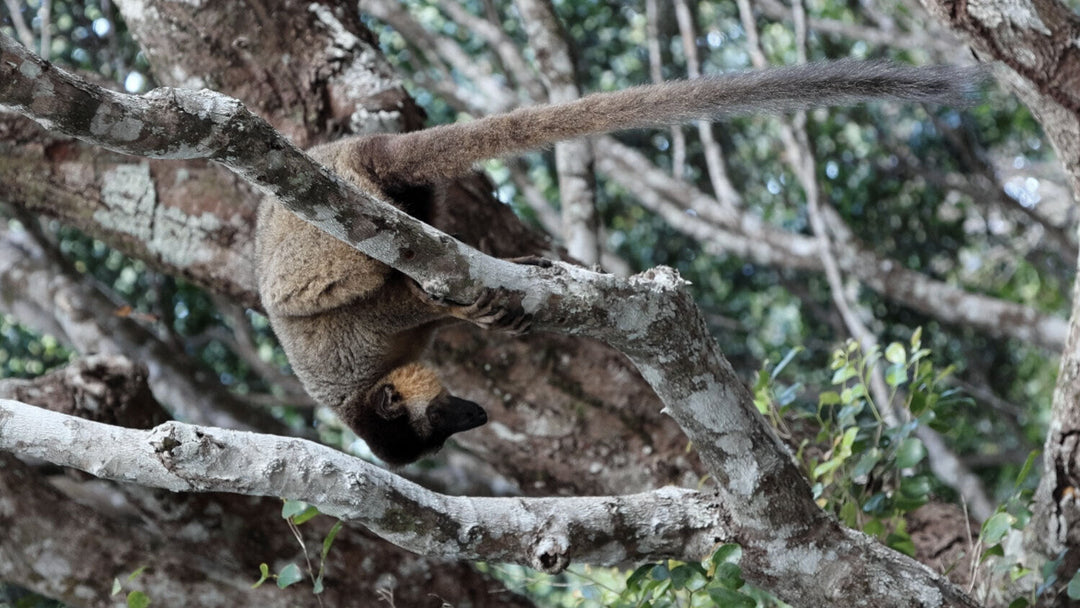How to Create Wildlife Records from Trail Camera Footage
Many people use trail cameras as a window into the world of wildlife, learning about which species are present in an area and observing their fascinating behaviours. But did you know that your footage can be used to support wider conservation efforts?
Contributing wildlife records to ecological data centres is a powerful way to support conservation in the following ways.
Insights: Wildlife records help to inform wildlife conservation strategies through an understanding of factors such species population trends, distribution, behaviour and habitat preferences.
Scientific Research: Researchers rely on accurate data to study biodiversity and ecological patterns. Wildlife records contribute to scientific discoveries and help scientists understand ecosystems better.
Policy Decisions: Governments and organisations use this data to formulate policies related to wildlife management, land-use planning, and environmental protection.

Creating a wildlife record
Creating wildlife records is a process of gathering information, identifying a suitable platform or database for your records and then submitting them. We describe the key steps below.
1. Collect Data
Accurately record the species, location, time, date, and any relevant observations. Use field guides or apps to aid identification.
2. Choose a Database
Identify an appropriate ecological data centre or platform. Examples include iRecord (UK) and iNaturalist (international).
3. Register and Submit
Create an account on your chosen platform and follow their guidelines to submit records. For many platforms, there are now options to submit records digitally via smartphone apps (e.g. iRecord) or through a web browser.
4. Quality Check
Review a record submission for accuracy before finalising, ensuring that it adheres to the platform's standards.
5. Share Observations
Consider including photos, notes, or other supporting materials along with records. This can enrich the database and aid in verification. Trail camera footage or stills are clear evidence of the species being recorded.
6. Keep a Record
Retain your own record from trail camera footage (e.g. a still image or video). This can be especially important for verification of rarer species or those easily mistaken for other similar species (e.g. mustelids).
7. Continued Contribution
Keep submitting records regularly. Long-term data helps in understanding trends and changes in wildlife populations.

Remember, every contribution counts! Your records, no matter how few, play a significant role in shaping our shared understanding and protection of the natural world.


